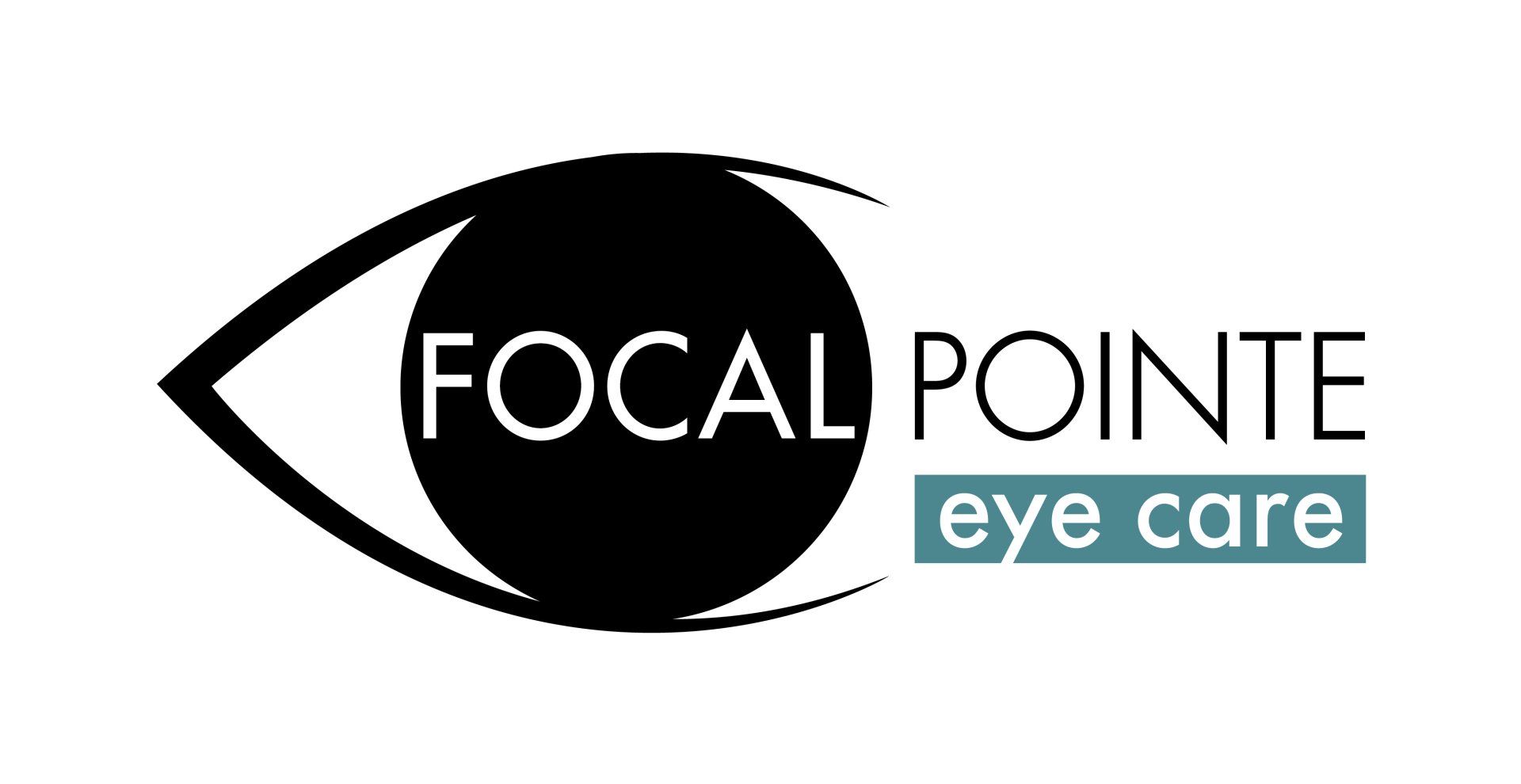Is My Child Nearsighted (or Myopic)?
Dr. Michael Lyons

Nearsightedness, or myopia, is often considered a refractive condition that requires glasses or contacts in order to see. It results in the inability to see things far away when not wearing the proper correction.
A child that is nearsighted may squint or get closer to things in order to see more clearly. A parent or teacher may also notice a decrease in performance at school or in sports. This can occur at any time during a child’s life, and can even continue to progress as an adult. It is estimated that by the year 2050 that over half of the world will be nearsighted¹.
WHAT CAUSES MYOPIA?
Nearsightedness is a result of the eye growing too long or the eye being too round, both causing the incoming image to focus short of the retina. A child with nearsighted parents is at a much greater risk of being nearsighted. Other contributing factors that are being researched include prolonged near work (especially under dim lighting conditions), short working distances, decreased time spent outdoors, and an unhealthy diet.
MYOPIA CONCERNS
A new level of concern exists because of the growing number of nearsighted individuals worldwide, with some professional organizations referring to this as a “myopia epidemic.” As the level of myopia increases in an individual, the risk for cataracts, glaucoma, retinal detachment, and macular degeneration all exponentially increase as well².
MYOPIA TREATMENT
Once diagnosed by an eye care provider, nearsightedness is commonly corrected with eyeglasses or contact lenses that are worn during the day. Depending on the level of nearsightedness, the correction may be worn all the time, or just during certain activities like school or sports.
A new focus is being devoted into Myopia Prevention and Myopia Control. Myopia Prevention is based on an educational platform to inform parents and young children on healthy habits to start at a young age in order to help prevent the onset or minimize the progression of the condition. The C.L.E.A.R. Awareness Program is a platform that Dr. Lyons created to help children and parents remember the steps of Myopia Prevention.
Myopia Control utilizes custom overnight lenses (orthokeratology), special daily lenses (multifocal lenses), and/or eye drops (atropine) in order to minimize the progression of myopia. If you are interested in learning more regarding which form of Myopia Control is best for your child, contact us at 513-779-3937.
1. Holden et al, Global Prevalence of Myopia and High Myopia and Temporal Trends from 2000 through 2050. Ophthalmology. 2016 May; 123(5): 1036-42.
2. Jones et al, Industry Guidelines and Ethical Considerations for Myopia Control Report, Invest Ophthalmol Vis Sci. 2019.

